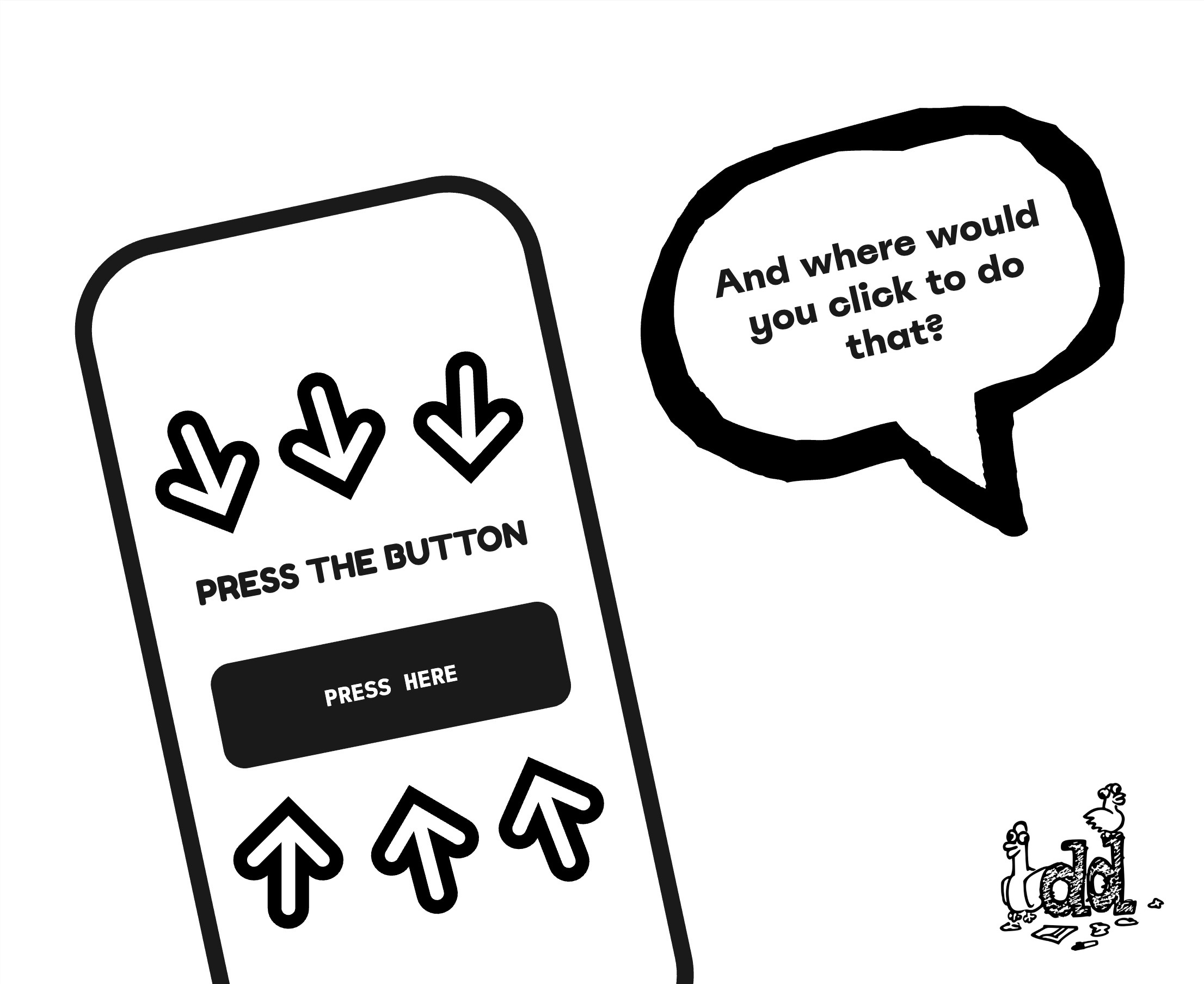Test often to keep your designs simple
I was talking to an ex-colleague and friend about some work. Talking through some issues we’d both seen in different places and times. One that stood out was how the length of time a designer has before they can test something works makes their work more complicated.
At the heart of any good design process is making sure things work with users. Not to confirm but to prove things work. And if they don’t get the evidence to do more.
Rather than use the most complicated design first. The key is to try the simplest thing to build and get going. That way if you don’t need to build on more things, you don’t.
The key of course is actually doing this with users.
But you don’t always get the luxury of regular access to users. Or usability sessions.

This was the situation my colleague found themselves in. They saw that teams members were overthinking their designs because they had so much time between usability sessions.
And it’s sort of no surprise. The more time you have, and the fewer opportunities to find things out with users, the more you need your design to win first time. To hit all the right notes. But what this does is mean you overcomplicate a design.
You add all the bells and whistles. You make everything flash red. To get your design past the usability session. But even in the best case scenario things work. You’ll not know if something simpler worked.
Once you’ve gone through with something complex. It’s hard to scale back.
This is one of the issues of not testing with users regularly as a design team. You give yourself too much time to overthink things. To worry through each issue.
But if you’ve ever done any extensive user research. You’ll know that often the thing you worry about is not the thing that makes people stumble.
So you’ll jam in things that were never needed. And you might even design the usability session is such a way that the real question is never asked. And you don’t learn about the thing that means the whole service will fail.

The answer is to do usability more often. Particularly if you’re a product team. If you’re updating things and you have hundreds of thousands of users you have no excuse for several months between usability sessions.
Put this in place. Do whatever it takes.
Whilst putting that regular cycle of user research in place, run “critiques” and sessions with people who know little to nothing about your product. Be they other designers, staff, friends and family. Just to get some signals. Just to get fresh eyes seeing things.
Do this to keep your design simple. Keep it crude. And learn as fast as possible if simple works. Simple often works. And only needs some small tweaks to work.
Of course there’s probably a “Goldilocks zone”. Where you’re testing too often to reflect and think things through. But it’s better to be in that situation and calm things down than being months and months apart from reality. Never mind factoring in that a prototype isn’t the real thing. And there’s always more to learn from making things live.
If your next research session isn’t for months. You’re carrying a lot of risk. And making it worse for your designers and product teams as they’ll overthink. Overthinking leads to more complex designs that might work but at a higher cost to build, maintain and change.
It’s always easier to add than take away. Test often to keep your designs simple.